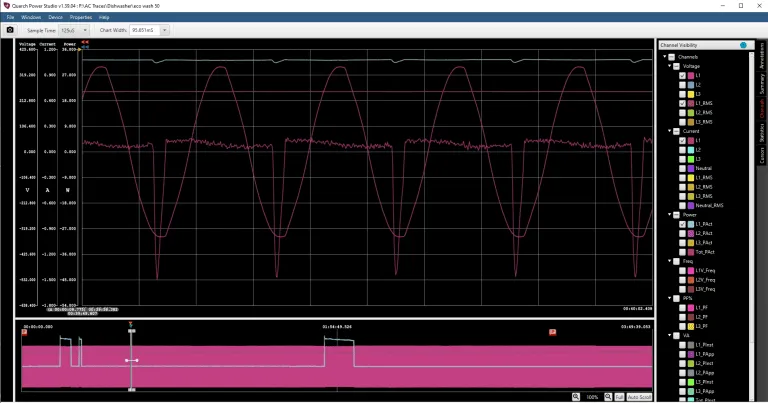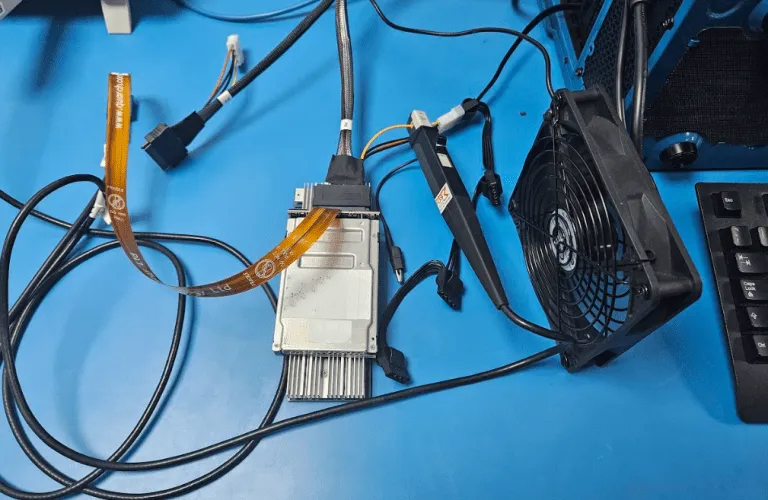Blog
-
1 / 1

3 Reasons for testing pin-bounce with hot-swap
Pin bounce, or contact bounce, is an effect seen when plugging or removing a connector. Instead of transitioning from disconnected to connected cleanly, we see a ‘bounce’. This can cause a real h...

Can your power analyzer zoom to details like this?
Quarch Power Studio is a uniquely powerful capture tool for power analysis. From an hour-long overview, we can still zoom in to the smallest detail. Nothing else comes close! Check out what you a...

Power measurement: What sample rate do I need?
Its very easy to get caught up with how ‘fast’ a scope or power analyser can go, but how important is the sample rate? Is faster always better? Will newer/faster equipment always give you a ...

Are you ready to test CXL?
The CXL market is poised to grow massively over the next few years and may be one of the largest changes in the industry since the introduction of NVMe® SSDs. But what do you need to test C...

Gen5 vs. Gen6 PCIe: What do you need to know?
The evolution of PCI Express (PCIe) has been instrumental in driving the performance of modern computing. When comparing Gen5 vs. Gen6 PCIe, there are some significant changes that you should be ...
-
1 / 1


